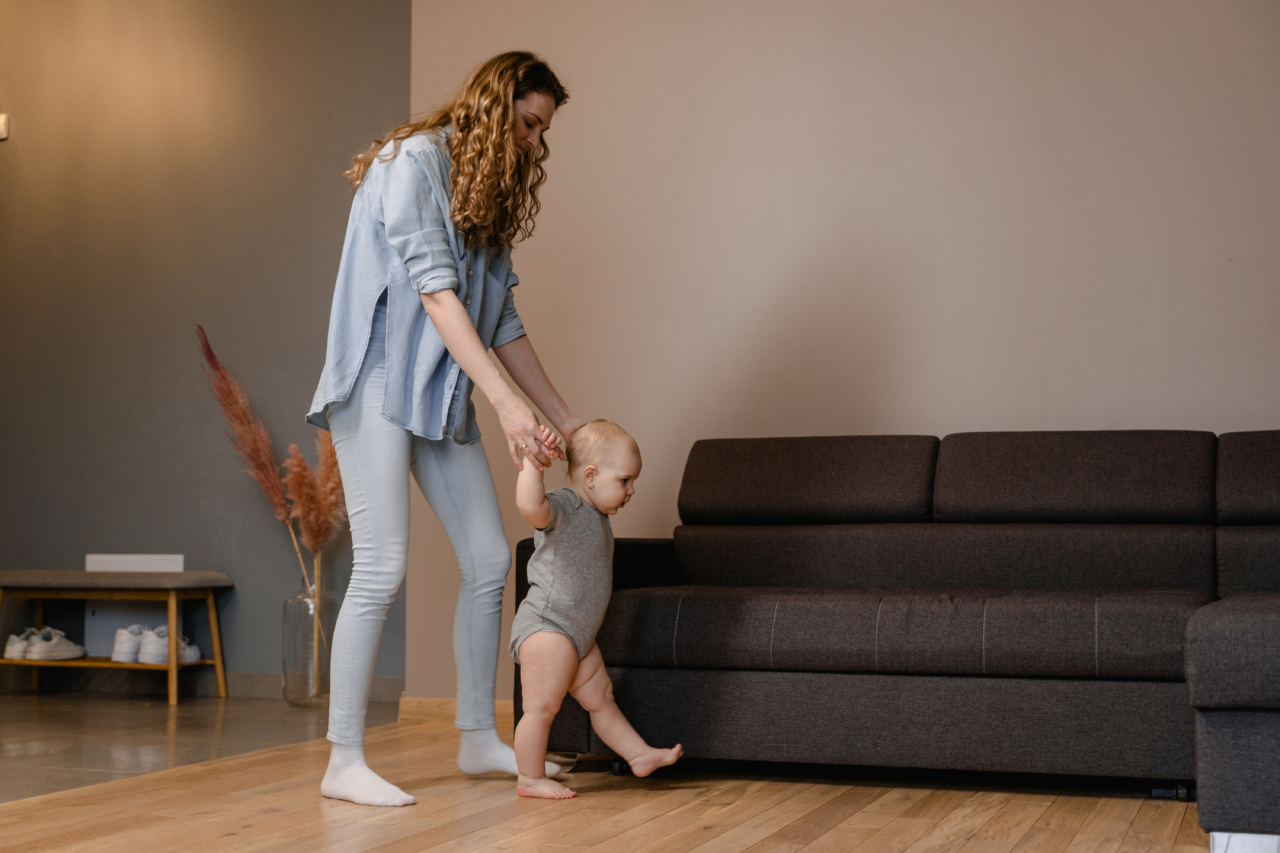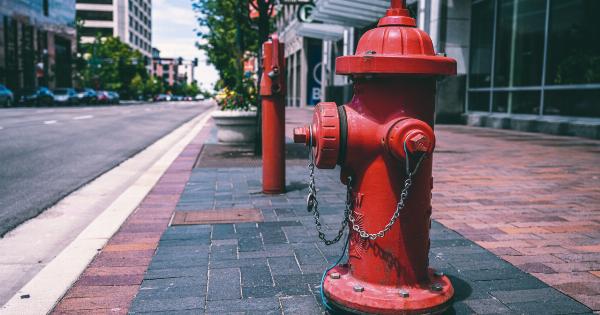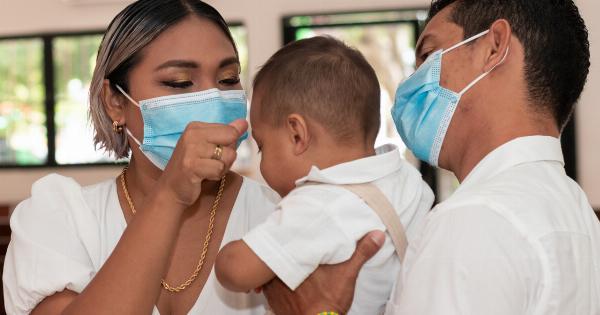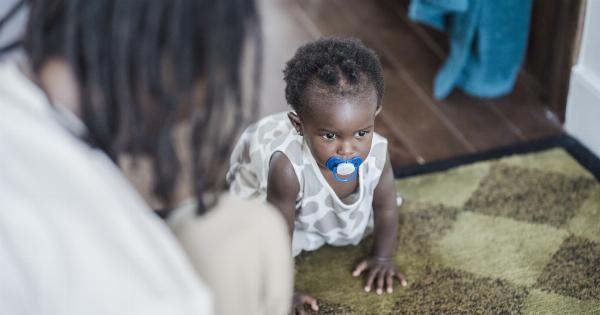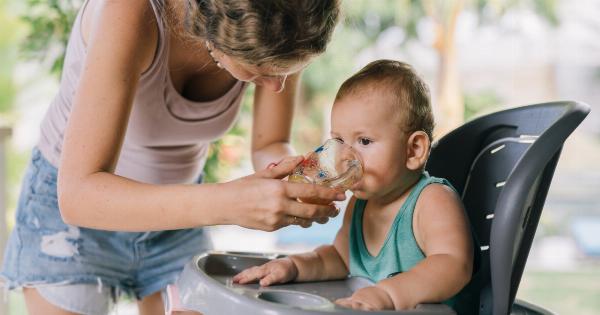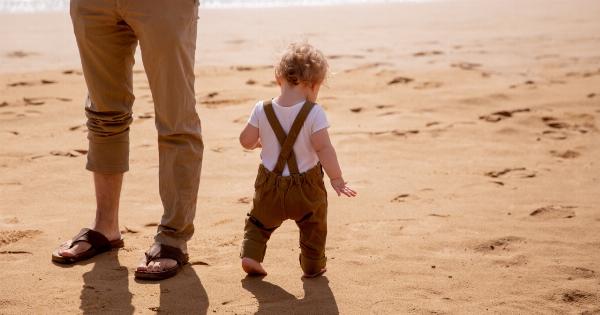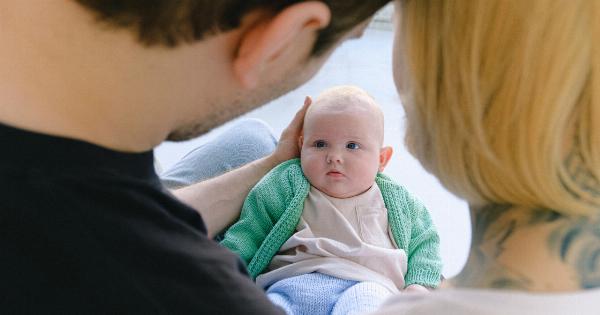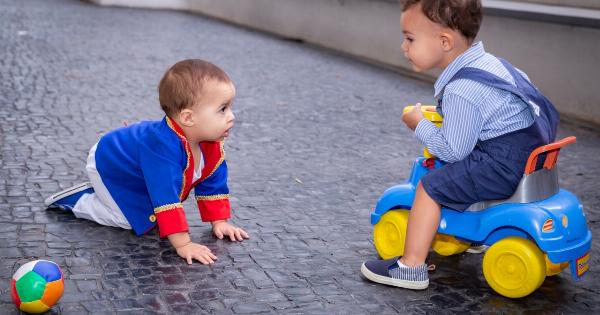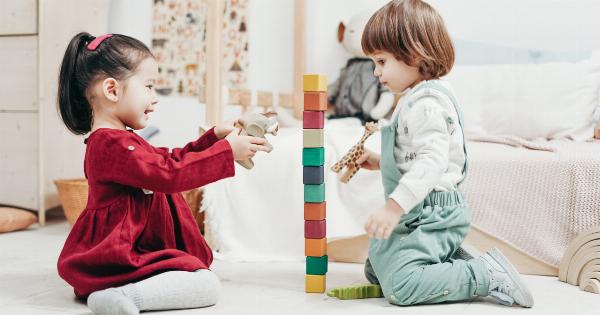Watching your baby take their first steps is an exciting milestone in their development. It’s a proud moment for parents as their little one begins to explore the world on their own two feet.
However, it can also be a nerve-wracking time as you worry about their safety. Here are some tips to keep your baby steady and secure while they navigate this important phase of their growth.
1. Create a Safe Environment
Before your baby starts walking, make sure their surroundings are safe and free from hazards. Baby-proof your home by securing furniture to the wall, covering electrical outlets, and putting away any small objects that could pose a choking hazard.
Blocking off stairs and using safety gates can also prevent falls.
2. Invest in the Right Shoes
While barefoot is best for learning to walk indoors, it’s important to have appropriate footwear for outdoor adventures. Choose soft-soled shoes with good traction to help your baby maintain their balance.
Avoid stiff or heavy shoes that could hinder their movements.
3. Hold Their Hands or Provide Support
During the initial stages of walking, your baby may need some assistance to stay steady. Hold their hands or offer support by using furniture, walls, or other sturdy objects they can grip as they take their steps.
Avoid constantly holding them, as they need to develop their balance and muscle strength.
4. Use a Push Toy or Walker
A push toy or walker can provide additional support for your baby as they start to take independent steps. Look for toys that are stable and have a wide base for improved balance. Always supervise your baby while using these devices to avoid accidents.
5. Create a Soft Landing Area
While your baby is learning to walk, falls are inevitable. Create a soft landing area by placing cushions or a thick play mat where they are likely to take their first steps. This will help cushion their falls and reduce the risk of injuries.
6. Encourage Tummy Time and Crawling
Before babies start walking, they typically go through a phase of tummy time and crawling. These activities help develop their core muscles, coordination, and balance, which will contribute to their ability to walk later on.
Encourage tummy time and provide plenty of opportunities for crawling to strengthen their foundational skills.
7. Stay Close and Provide Gentle Encouragement
As your baby gains confidence in their walking, be there to cheer them on. Stay close by, using positive reinforcement to encourage their efforts. Be patient and avoid rushing them or getting frustrated if they stumble.
Remember, learning to walk is a process, and each baby progresses at their own pace.
8. Avoid Using Baby Walkers
While walkers may seem like a convenient way to help your baby move around, they can actually pose a safety risk. Walkers can tip over easily and give babies a false sense of mobility.
They may also delay muscle development and the natural progression of learning to walk independently. It’s best to avoid using baby walkers altogether.
9. Support their Feet and Provide Opportunities for Barefoot Walking
When your baby starts walking, it’s essential to support their feet properly. Opt for shoes that have a flexible sole and offer enough room for their toes to move freely.
Additionally, provide opportunities for barefoot walking whenever it’s safe to do so. Walking barefoot allows your baby to feel the different surfaces and enhance their balance and coordination.
10. Celebrate the Milestone
Remember to celebrate each step your baby takes, figuratively and literally! Offer praise and encouragement to boost their confidence.
Taking their first steps is a significant achievement, and it’s important to acknowledge and celebrate their progress along the way.
